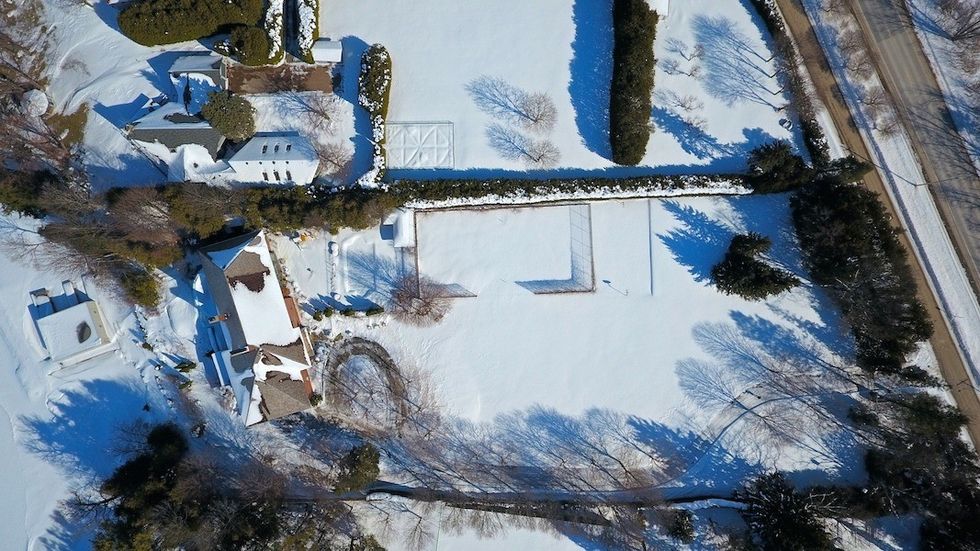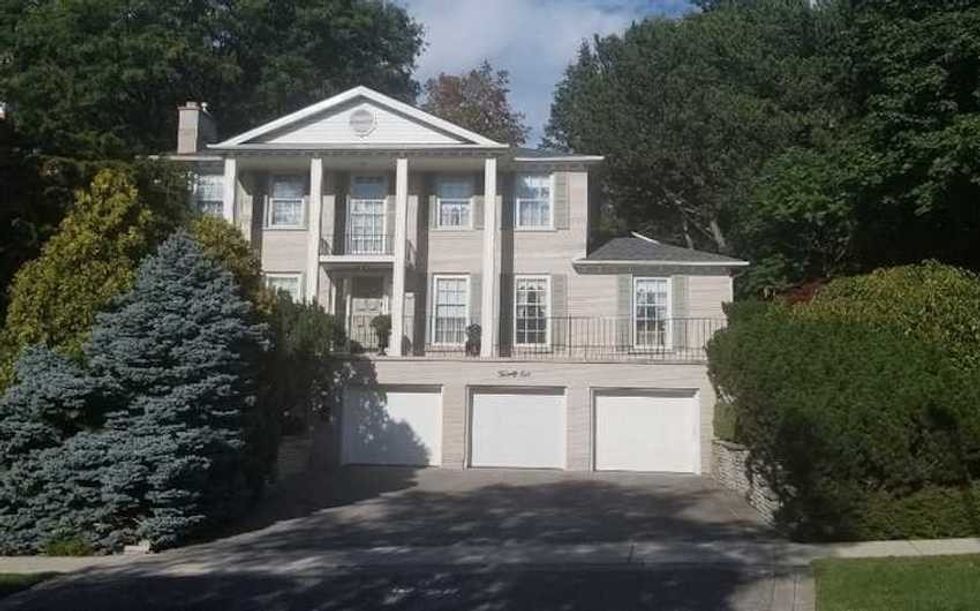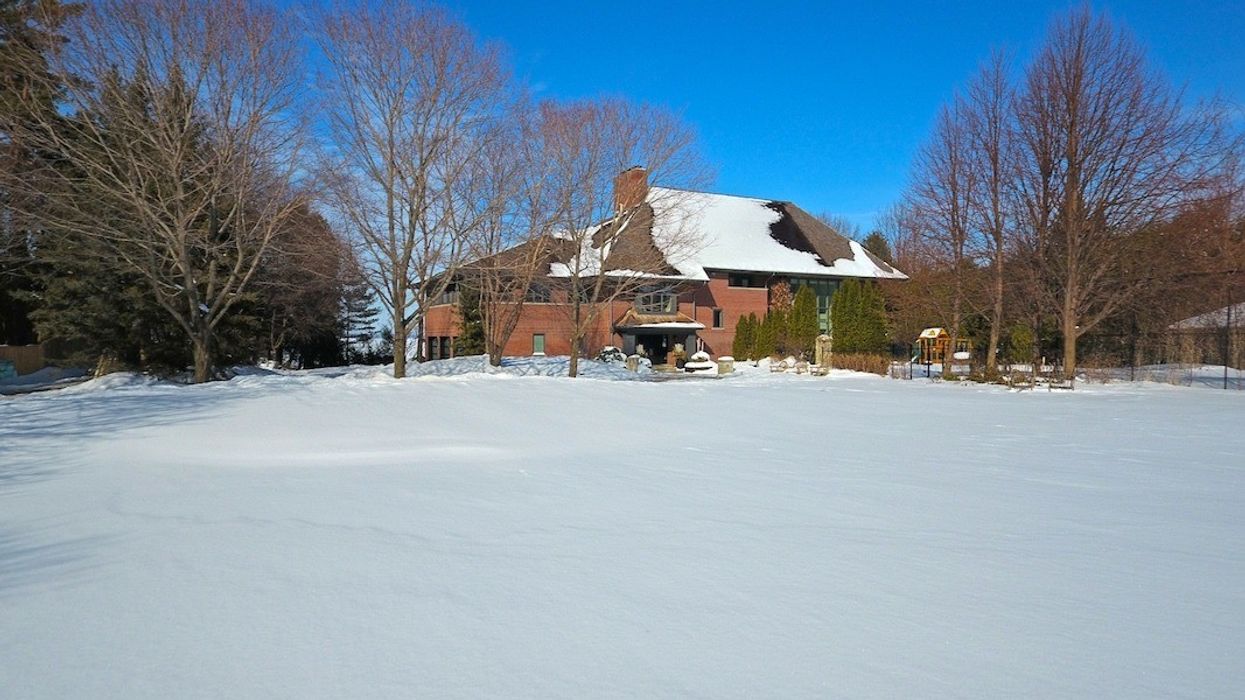
Flying drones looks like a dream job — a childhood passion turned into a career.
“Actually flying the drone, as fun as it sounds, it’s actually not that fun,” says Misha Herschorn, founder and head pilot of First Class Drones.
But he quickly corrects himself.
“Well, it’s fun — but it’s scary.”
Offering aerial photography, 2D/3D mapping and videography services to real estate agencies within the GTA and beyond, Herschorn’s company follows in the formidable footsteps of such behemoths as Amazon and UPS, investing in drones and opening the skies for business.
According to the research and advisory firm Gartner, almost three million personal and commercial drones will be produced this year, an increase of almost 40 per cent over 2016.
For First Class Drones, the business model is residential and commercial real estate, reaching new heights for agents who want to showcase a property’s features from stunning, rarely seen vantage points.
But it’s a rocky ascent, Herschorn says, as the regulatory landscape seems to be constantly changing.
“It took about eight months to get my (Special Flight Operations Certificate) licence, which is crazy,” he says. “I got a hundred different answers from every single different person I called at Transport Canada. The technology is so far ahead of the laws; they keep adding things without having a way to tell everyone.
“Now, every time I call, I’ll say, ‘Hey, I called about a month ago, has anything changed since then?’ And most of the time they’ll say, ‘Yeah, we just said you’re not allowed to do this now.’
“OK,” Herschorn laughs, “thanks for telling us.”

Adding to the wild ride of regulatory compliance, drone flight close to properties and roads is an enormous safety issue, he adds — a crash could hurt someone, or damage property or expensive equipment.
Herschorn is everything he should be — experienced, licenced and insured — but flying is still a careful, serious endeavour, not a hobbyist’s pastime. And he has to balance what a client wants with what is legal.
“I get to fly drones and I get to edit videos, which I love to do,” Herschorn says.
“But you have to be very, very aware and safe, which is No. 1 for me … If anything, I’ll take extra time.
“And you don’t want to have the real estate agent (asking) you to do something that you can’t. It’s a balancing process between getting what the client wants but also staying within the laws right now, which are always changing.”
Herschorn started with cars. As a boy, he collected radio-controlled toy cars, maybe 20 of them, before upgrading to a gas-powered car. Then it was cheap mini-helicopters, indoors only, which typically broke if you crashed.
“I still bought them, even in university. Just for fun.”
Then he saw the Parrot AR drone while in a Brookstone store in the U.S. Fate beckoned him.
“Finally, I thought, I’ve been doing this my whole life and every one of my friends, every person is telling me to buy this really professional drone,” Herschorn says. “The intention was to use it for fun. So I ended up buying the professional drone with no intention of starting this business, to be honest with you.”
Herschorn saw his opportunity, however, when his friend’s parents were selling their property and had some drone photography done. The photos were underwhelming, he says. Herschorn thought he could do better, so he asked the parents if he could try — and he was right.
“My pictures were better than this guy and I didn’t really have a lot of experience yet with the drone, that was early on,” he says. “I thought if I practise and actually hone the craft, I might be able to turn it into a legitimate business. That’s pretty much how it started.”
So Herschorn wants to sell you a luxury cottage.
“This cottage has a giant field in the front, a basketball court, a tennis court, pool, boathouse, and it sits exactly lakeside. With a picture from the ground, I want you to picture the property — and it’s impossible. There’s no way of picturing the property.
“Then I show you a picture from 400 feet, looking straight down on the entire property, and you see every single element that I’m talking about. You see the road coming in, the giant field, how the driveway is laid out … where the house sits on the land, the actual dotted line where the property ends and starts … When I say it changes the way people see the property, it really is true.”
Aerial exploration for his clients has even revealed some interesting amenities after snapping an image of one home, Herschorn turned the camera up to guide the drone to the next spot, but he saw a golf course just past the property. The agent was surprised it was so close.
He said, I knew it was in this area, I didnt realize it was this close to the house, Herschorn says.
So he asked for a picture of the house with the golf course in the background, and said that would be a great picture to sell it.
Equal parts cameraman and pilot at the same time Herschorn says his drone services stand out from competitors for a few reasons. He uses colour grading on the footage, which enhances the video and makes the property look radiant.
He knows how to avoid an unfortunate video effect called moir, which appears as wavy lines on fine, detailed patterns such as a shingled roof. And he never uses the long, winding opening shots along neighbourhood streets that he says plague typical drone videos in real estate Herschorn thinks theyre boring.
But his greatest asset, he says, is that his childhood hobby controlling a vehicle with a remote: car, helicopter or drone has helped him perfect effortless, fluid flight.
A drone is easy to fly, if I hand you the controller, you could fly right now, Herschorn says. But its hard to fly well.
A lot of people have these jerky right-left movements, and swaying footage and maybe people think that is normal for drones, but it should still be as high quality as someone with a hand-held camera. Smoothness is No. 1.





















